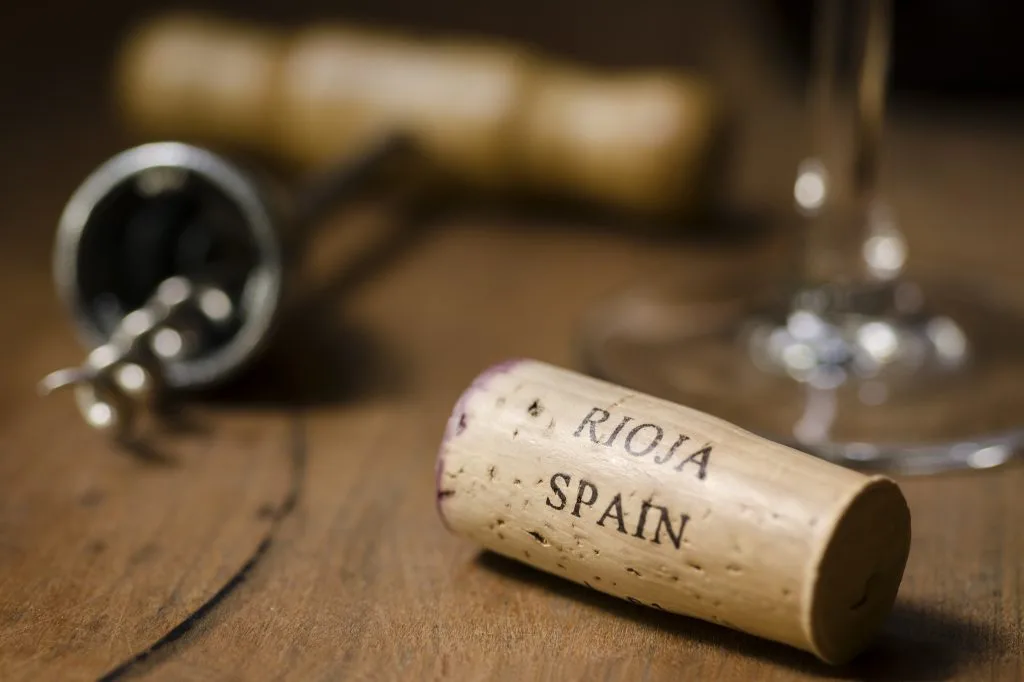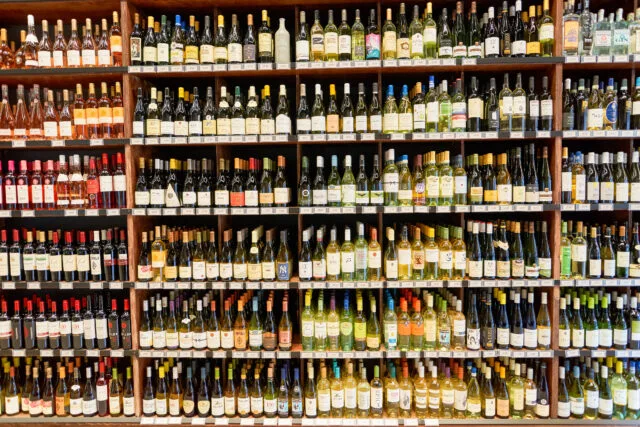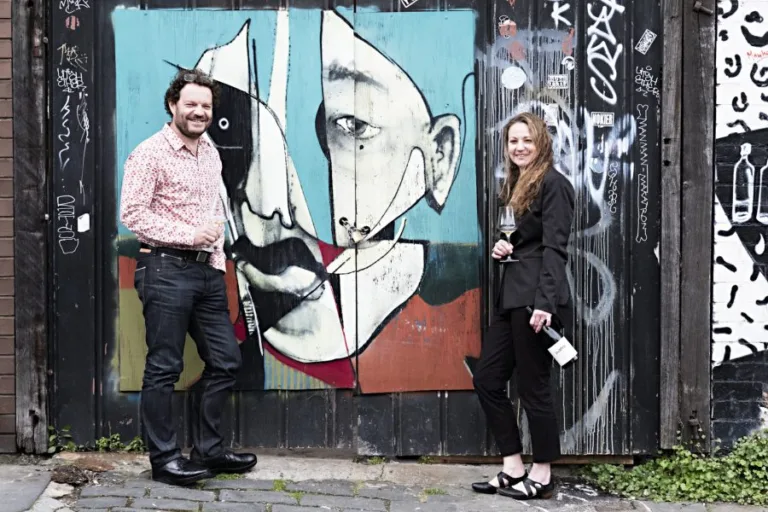Rioja’s ruling body, the Consejo Regulador (DOCa), is adapting its rules to change the ‘Vino de Municipio’ title on the bottle to ‘Vino de Pueblo’ as the latest in its long-running battle with producers over Spanish terroir. While wineries have been allowed to reference their zone of production since 1998, and to name the village or town since 1999, the rules were updated in 2017 to allow the Vinos de Municipio and Vinos de Zona (sub-regions Rioja Alta, Rioja Alavesa, and Rioja Oriental) greater visibility on the bottle, in terms of font size. This most recent change however means that 144 official municipalities in the Rioja wine region will become ‘pueblos’ (or villages), in a move that is designed to appease producers who feel they have been unable to emphasis the terroir and subregion on the bottle. In addition, Vino de Pueblo wines will now be allowed to contain up to 15 % of grapes or wine from a neighbouring village or municipality, which was previously not allowed. The DOCa will also allow producers to emphasis the terroir even further by allowing wording on the bottle to denote where the vineyard is, ‘viñedo en’, showing that the wine is made entirely from grapes grown within that municipality/pueblo. “This initiative, approved this Thursday, responds to demands to highlight the origin of the wines and the vineyard, giving Rioja wineries better ways to underline their individuality,” the Consejo Regulador was quoted as saying in Spanish local news outlet Nuevecuatrouno. “In this way,
This Article was originally published on The Drink Business - Wine




